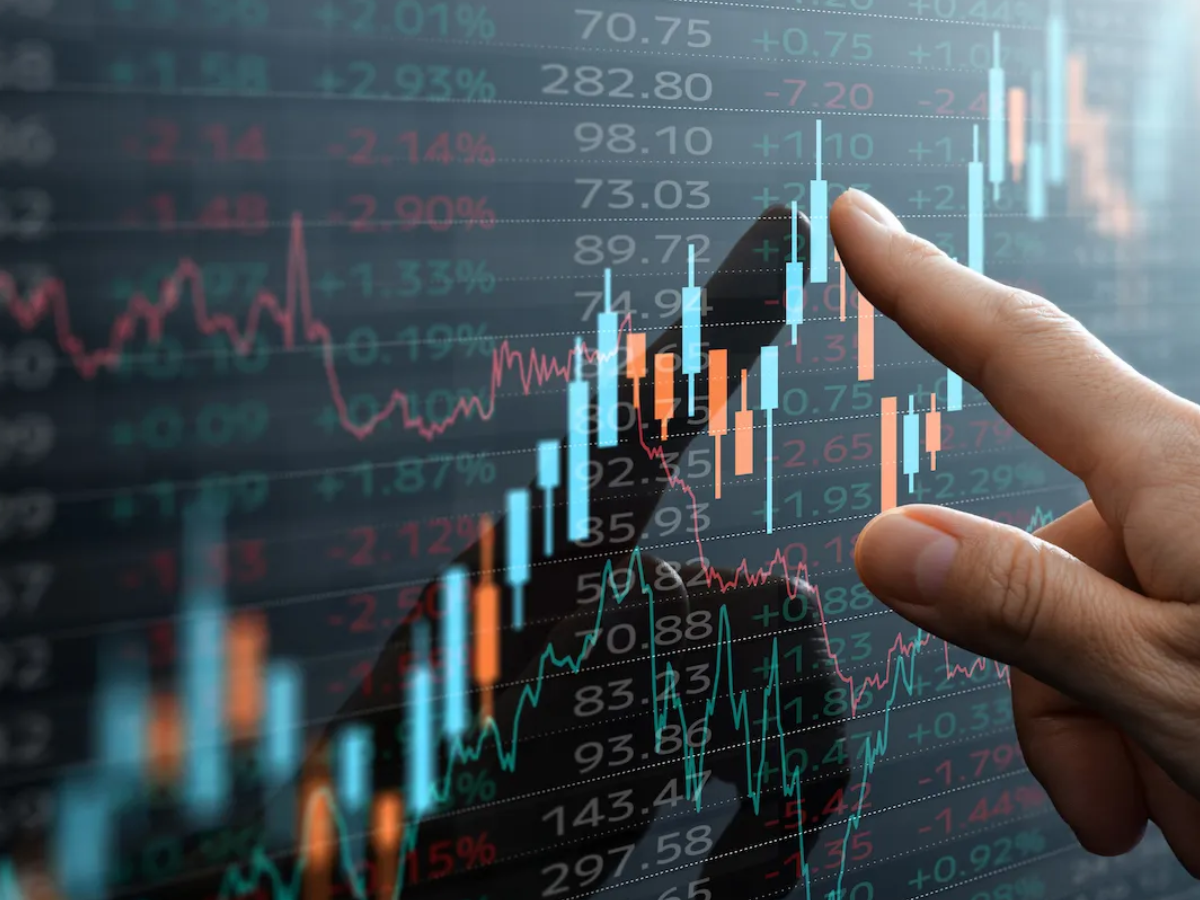Why Investors Now Feel Defensive as AI Disrupts Financial Markets
Have you been watching the AI boom and wondering where it’s all headed? You’re not alone. Nvidia just became the world’s most valuable company, topping $4.5 trillion. OpenAI and Anthropic are pulling in billions. But here’s the flip side: AI isn’t just creating new giants—it’s threatening to topple the old ones. Investors have started bailing on companies like Wix, Shutterstock, and Adobe—names now flagged among 26 most vulnerable to AI disruption. These stocks, once solid bets, are slipping fast as AI-powered alternatives catch fire. So here’s the real question: are we witnessing a tech revolution—or the early days of another bubble? What do you think?
AI’s Dark Side: Companies At Risk Of Becoming Obsolete
Since mid-May, the Bank of America-identified risk basket has underperformed the S&P 500 by about 22 percentage points . Firms like Wix and Shutterstock now trade at 2025 losses exceeding 33%, compared to a modest 8.6% gain for the S&P . Adobe dropped 23%, as brands like Coca‑Cola pivot away from traditional software toward AI-generated images . Even in staffing, automation looms: ManpowerGroup and Robert Half each slid more than 30% as investors worry about job displacement.
AI Winners: The Magnificent Seven and the Risk of Overconcentration
Investors’ flight to safety has buoyed AI leaders and tech giants. Nvidia extends its dominance, supported by massive investment in AI chips by Microsoft, Meta, Alphabet, and Amazon—expected to pump $350 billion into AI infrastructure this year . These juggernauts now drive much of the market’s gains. Citi and UBS recommend diversification—even as AI plays dominate—cautioning against overreliance on a handful of mega-cap stocks .
Key Themes In AI Investing Today
- AI’s transformative power drives both soaring valuations and growing disruption risks.
- Investors pivot from traditional software and staffing firms toward AI-dominant infrastructure names.
- Overconcentration in the “Magnificent Seven” shocks defenses and raises systemic risk concerns.
- Market indicators hint at overheating: valuation mismatches, index divergence, and warnings abound.
Warning Signs: Valuation Gaps and Bubble Concerns, Say Experts
Market experts have started raising red flags as AI-driven valuations soar. Several analysts have drawn parallels between the current AI stock rally and the dot-com bubble of the early 2000s. The European Central Bank recently issued a cautionary note, stating that the market’s high concentration in tech mega-caps could pose serious financial stability risks. Adding to the concerns, the PHLX Semiconductor Index has shown signs of fatigue, flattening even as the broader market continues to climb—an early indicator that the AI rally may be losing steam. Barron’s further amplified concerns, calling Nvidia potentially the “biggest risk to the stock market” should AI-related investments fail to deliver on their lofty expectations. These warnings reflect growing apprehension among economists and strategists who believe that AI valuations may be outpacing real-world utility in some sectors.
(With InputsFRom The Mint)







